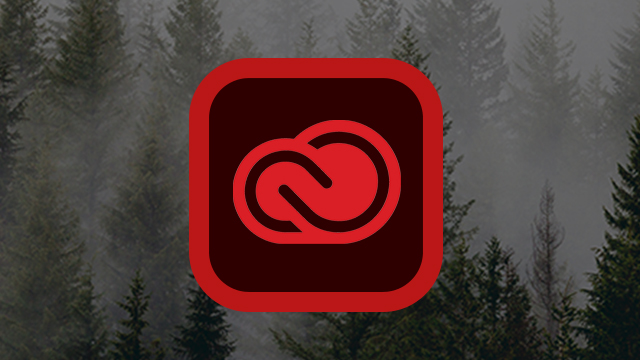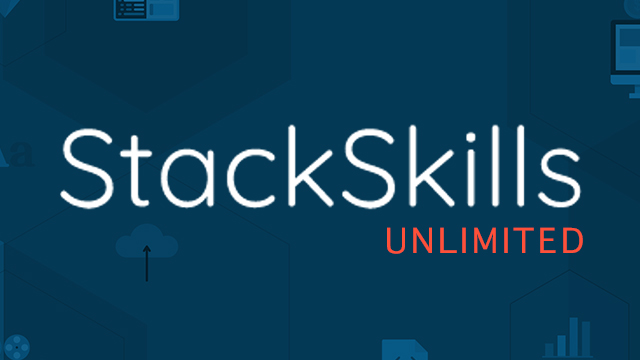In this course, you will
learn how to build a classic Virtual Pet Game for mobile devices with
Unity and C#.
We'll create:
- an animated character,
- progress bars to display the needs of our pet,
- a simple in-game shop
with scrollable content,
- a custom mini game,
... and so on.
You will gain access to
all the C# scripts that are used to build this game right in the
beginning of the course, but we will take a closer look at each of
the scripts before we use them.
This approach will help us save a lot
of time instead of typing in the code manually and it will let us
build a more interesting and complicated game. Among all the scripts
provided with this course you will get a free asset to create sliding
menus in any of your future projects.
I have tried to save the
project that I was working in as often as I can so that you can
easily pick up the material from any point in this course. All these
projects and the assets used to develop our example application will
be available for download with this course.
The material in this
course is divided into 5 Sections.
Section 1 includes a short
overview of the project that we will be making in this course.
In Section 2, we will
create a basis that is used for any virtual pet game – a system
that will constantly demand care from our players in different
categories. In this game, we will have categories for food, sleep,
taking our pet for a walk, and playing with our pet. We will make
custom progress bars to display our pet's current needs. In all the
other Sections of this course, we will come up with different methods
of interacting with our Care system to restore care points.
In Section 3, I will show
you how to create sliding menus using a free asset provided with this
course. We will learn how to lay our pet to sleep to restore his
Sleep care points. And we will create an in-game shop with scrollable
content that will allow us to buy food items for our pet. Eating
these food items will restore his Food care points.
In Section 4, we will
focus on animating our pet character. We will try to make the most
out of the art assets that we have to create an interesting character
with diverse behaviors. You will learn how to manage complex state
machines in Unity's built-in Animator component. We will discuss
grouping animations by creating sub-state machines. We will give our
character an ability to move in the scene. This is not used in every
virtual pet game, but we will later need this feature for our mini
game. We will add a new Training system to our game that will allow
our players to give commands to our pet (sit, bark, look around –
based on the animations that are available for this character)
In Section 5, we
will add 3 new scenes to our project: a starting scene, a game over
scene, and a scene to take our pet for a walk and play our mini game.
We will create a fun mini game that will let our players get our
in-game currency to buy more items from the shop. We will add a
speech bubble for our pet to send some messages when he needs
something from our players. In this Section, we will make our Health
HUD functional. If the health of our pet drops to 0 or below the game
will end.
By the end of this course,
we will end up with a fully functional virtual pet game.
In the last
lecture, I will build this game and show you how it looks and feels
on an actual mobile device.
BONUS
Among all the scripts
provided with this course, you will get a free asset to create
sliding menus in any of your future projects.
Typically, an asset of
this quality would sell for $25 or more in the Unity asset store.
This asset is designed to
work with new Unity UI. It will help you slide any of your UI game
objects in and out of view from any direction (Top, Bottom, Left,
Right) into any area of your screen. There is no need to create and
configure Mecanim animations to control the movement of your sliding
menus. Everything is controlled by a single script component.
Sliding menus created with
this asset will support all the Unity UI features and automatically
resize itself to fit their sliding area on different devices with
different screens and aspect ratios.
And this comes with the
course for free!
What are the requirements?
- I try to explain everything as much as I possibly can, but this is quite a complex application, so it is recommended that you have at least some previous experience with C#.
- But it is not strictly necessary because you will still get a full Unity project of this game and all the scripts are pre-made and available right from the start of this course.
- I mostly do not use any advanced features of C# language in this course. In some of the scripts I use properties and coroutines, but we will discuss how they work.
- You should install Unity3d to develop the application that we are making in this course. Any version after Unity 5 will do.
What am I going to get from this course?
- Build a complete Virtual Pet game for mobile devices from scratch with Unity and C#
- Create a system that will constantly demand care from players in certain categories (in this game - Food, Sleep, Fun, Walk)
- Come up with a creative and unique way to refill care points for each of these categories
- Create progress bars, sliding menus, scrollable lists in Unity
- Create a simple mini game (catch a falling object)
- Create an in-game shop to sell different items or power-ups to your players.
- Set up a Unity project with multiple scenes
- You will learn a lot about saving information between scenes and between game launches
- You will learn how to use properties, coroutines, singleton pattern in C#
- Use Layout groups to organize your user interfaces
- Create animated sprite-based characters in Unity
- Manage complex Animator state machines to transition between animation states of your characters
- Improve your C# scripting skills by viewing simple and easy to understand examples from this course
- You will get a fully functional Unity project of the application created in this tutorial
What is the target audience?
- This course is for people who want to build their own mobile Virtual Pet game with Unity absolutely from scratch. The techniques taught in this course are universal and applicable for any Virtual Pet game.
- This course is also useful because it gives you an insight into the step by step development of a complete Unity game project from start to finish.
What are people saying about the course?
Explains everything very clearly so that a novice can understand it. Thanks! -Matt
This is a great course to learn about Care Systems! The one in this course is used to develop a virtual pet game, but with a few tweaks it can be applied to all sorts of games. In other words, even though the course merely claims to teach you how to create a virtual pet game, it also sets a milestone towards other projects you might have in mind! Highly recommended! -Roberto
This is a wonderful course. The instructor has a pleasant voice and clearly knows his stuff. There are a ton of useful scripts to learn from and great scope for those who enjoy jigging code to come up with interesting variations of the theme. Sprites are available for Pets within the project. -Grant
Nikola This course showed the process of creating a complete "Pet game" project using Unity Personal Edition & MonoDevelop. All the steps needed to import external files into the Unity project are shown, which was useful as it is easy to get lost in the process when starting out. The instructor also provides advice about pixel art and the various settings available in Unity. I also learned a bit about sprites and how they are cut. All of the videos are very consistent and in a similar format which makes following the course easier. The instructor also provides downloadable code that was saved at various stages of the project, so it is easy to set up the code at any point during the course. -Nikola
I was searching online for a good Unity course and was referred to this by a friend. So far it has been a great learning experience. -Vaishakh
The course is excellently organised and completely practice-oriented, which to me is very useful. The lecturer explains each detail very clearly. Although I had no knowledge of Unity prior to the course, now that I took the course, I feel that I have already grasped the basics of Unity. Will definitely take more courses about Unity from this lecturer, in order to elaborate on my knowledge of the platform. -Ivaylo



